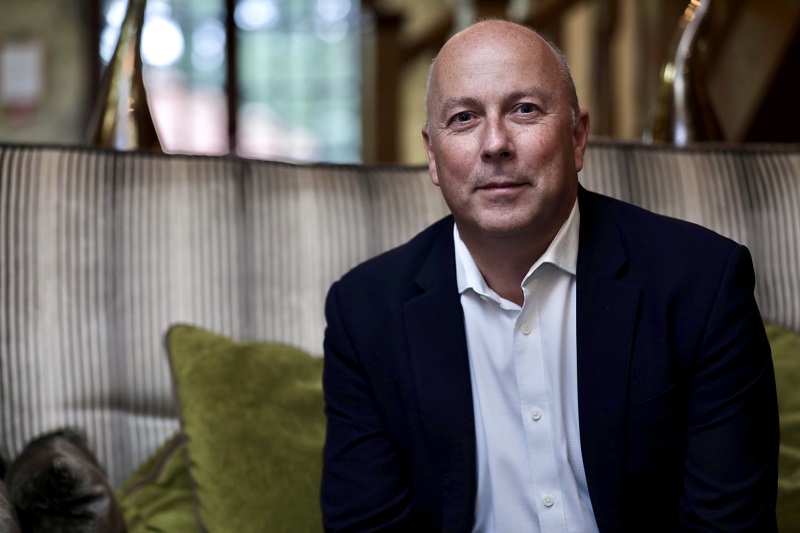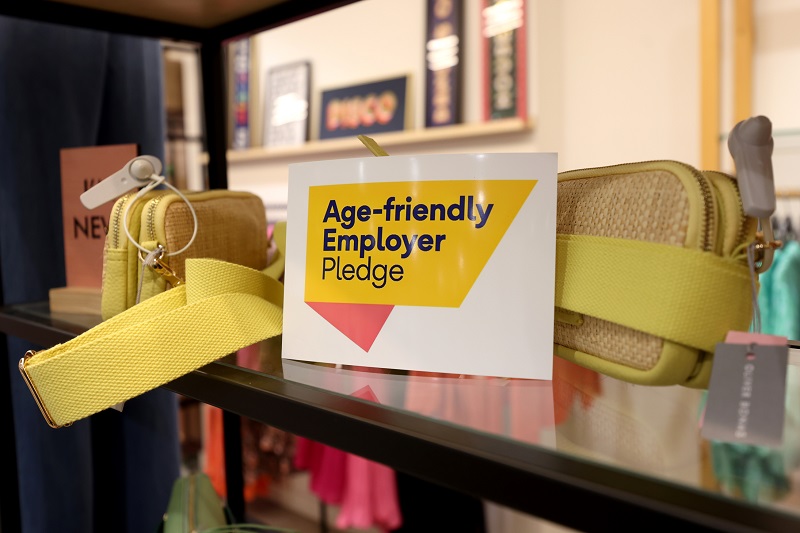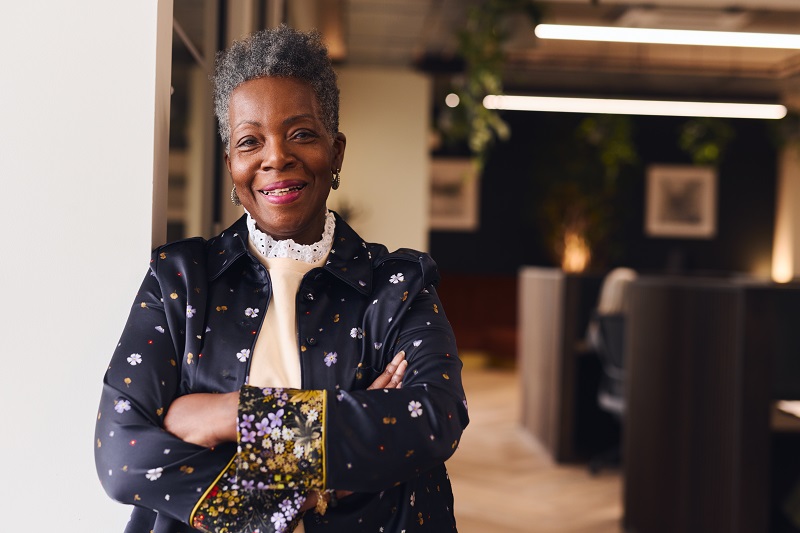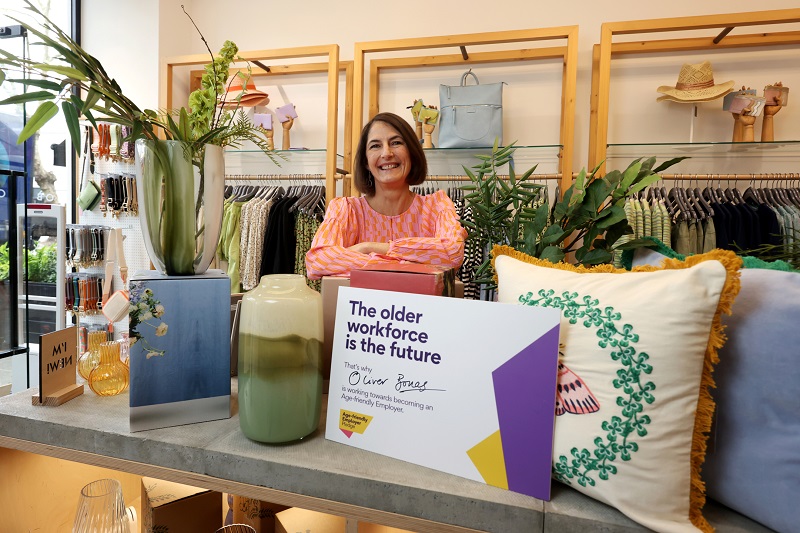The Government is looking at ways to lure early retirees back to work to boost the economy. And as part of the Spring Budget, announced interventions, including a £70 million investment in support for over-50s. Still, details on how to combat ageism in the workplace were light.
Steve Butler, author, an expert on ageism in the workplace and CEO of Punter Southall Aspire, shares what he has been doing to support older workers in the business.
Steve, what has Punter Southall Aspire implemented to combat ageism in the workplace?
Age stereotyping is an issue in many companies today, leading to discrimination and biases against employees of different age groups.
At Punter Southall Aspire, we are creating a culture of inclusion and belonging that supports all employees, regardless of age. We have taken several conscious steps to combat ageism which other companies could replicate to develop a more inclusive culture.
We encourage generations of employees to work together, so our project teams comprise employees of different ages and levels. We also run a reverse mentoring programme to enable different generations to learn from each other, which promotes cohesive and multi-skilled teams.
Flexibility is the cornerstone of our culture, and we believe offering flexibility in our working day is essential for employee retention. This is particularly effective for retaining senior managers; for instance, one of our senior managers was considering retiring; instead, we provided them with a three-month sabbatical to spend more time travelling with his family and trying out retiring. After three months, he returned to the office and decided he was not ready to retire.
Another way we combat ageism is by promoting greater understanding among staff of each other. For instance, we changed the format of all our meetings to begin with a personal check-in, where employees share how they are doing outside of work. This practice leads to greater empathy among team members by acknowledging the personal challenges employees may be facing, such as caring for elderly parents or young children.
During the week, we focus on a different D&I topic daily, and staff members share their experiences. We also engage in regular learning sessions as a team; we listen to Ted Talks on specific issues and online annual diversity and inclusion conferences. These sessions promote education and awareness and encourage conversation and understanding among team members.
Ensuring people are given training and development opportunities at any age is also critical – we have personal development programmes for every staff member.
We also plan to implement mid-life reviews for our over 45s which will take a mid-to-long-term view of the employee and their role in the business. These reviews will look at a person’s situation holistically and provide the starting point for reflection on their finances, work aspirations and overall wellbeing. These conversations will enable both the individual and the business to focus on how that person will develop within the business so they are fulfilled in their careers.
To stamp out any biases in recruitment, we are also transforming how we recruit and ensuring a diverse panel of interviewers of different ages and experiences to put each candidate at ease.
What are some of the biggest challenges facing older workers today?
Older people face significant challenges in society, including being dismissed and overlooked at work, particularly as training opportunities tend to favour younger employees.
This can lead to limited promotional opportunities and a sense of marginalisation for older workers who may have reached a professional level but find their career has stalled. Unfortunately, this situation is often compounded by stereotyping about older workers’ skills and technical abilities.
Finding new roles can also be a challenge for older workers as they may be seen as too expensive or less adaptable to new technologies. However, many companies fail to realise that older workers tend to prioritise the quality of their working relationships over salary as they approach retirement age.
Our company recognises the value of older workers and provides them with training opportunities and career advancement. We value their unique experiences and skills and actively work to create a diverse and inclusive workplace that values employees of all ages.
How does Punter Southall Aspire approach succession planning to ensure all employees have equal career development and advancement opportunities regardless of age?
One characteristic often overlooked in SMEs is the development of a structured career progression and pay framework. We recognise the importance of providing a clear grading structure that enables all employees to understand how they can progress and how their performance will be evaluated.
We have implemented a structured performance management system with regular one-to-one meetings to assess performance and progress. This system enables us to create an audit trail of objectives achieved and learning delivered, which influences promotions. Having a clear framework gives all employees an equal opportunity for career advancement based on their performance and skills.
In SMEs, it is often the case that the loudest voice is heard, which can disadvantage quieter employees. By implementing a clear framework and performance management system, we ensure a level playing field, enabling all employees to achieve their best and contribute to the company’s success.
What steps does Punter Southall Aspire take to address unconscious bias and promote intergenerational understanding in the workplace?
One way we address any unconscious bias is by sharing stories and encouraging staff to put themselves in the shoes of others.
Our check-ins at the start of meetings are crucial in creating this culture of understanding. By taking the time to share how we are doing outside of work, we create an opportunity for employees to share personal stories that help others to understand their perspectives.
For example, a younger employee who may feel disgruntled about not having enough time with their manager may realise through sharing stories that their boss is also juggling their life’s responsibilities.
We believe that creating a workplace culture that values open communication and sharing personal stories helps break down unconscious bias and promote a more inclusive environment.
How do you ensure older workers receive the same benefits and opportunities as younger workers, including access to training and development programmes?
We place a strong emphasis on continuous professional development. Through our one-to-one meetings, any training requirements are identified and documented. We’ve made continuous professional development mandatory for all employees, with a set number of CPD hours required for each person. It’s important to note that this isn’t a one-off requirement – CPD is an ongoing process tailored to every individual’s needs and interests.
This includes 25 hours of self-directed CPD agreed upon between the employee and their manager, ensuring everyone has a unique and personalised plan for continuous learning.
How does the business work to break down stereotypes and misconceptions about ageing and older workers in the workplace?
We find that our Ted talks, online conferences, and frequent conversations where we talk about different experiences and share stories are helping to break down stereotypes.
Finally, what advice would you give to other companies looking to create a more age-inclusive workplace?
While there are many strategies companies can employ to create a more inclusive workplace, we’ve found that the most effective starting point is to encourage open discussions that build mutual understanding among team members.
By promoting collaboration between individuals from different age groups, we can create a more flexible and attractive workplace, enabling people with diverse needs and backgrounds to thrive. Ultimately, our goal is to build a workplace culture that values and celebrates diversity and creates a real sense of belonging among our team members.









